There’s no easier way to spot a tourist in Seattle than the mushroom top of an umbrella bobbing down Pike’s Place. Take it from a local: invest in a raincoat. Seattle and rain go together like farm-to-table and rusticity, hiking and sweat, coffee and bitterness—it’s what characterizes the experience (and what makes it wholly Seattle). But if you’re short one, no worries. Necessity breeds invention; Seattle is home to a few world-renowned outdoorsy outfitters (from all price points), including: The North Face, Filson, REI, and Arcterix (if you want to get into the semantics, the last one is Canadian, but it’s close enough). So, don your new jacket, feel like a local, and embrace a little liquid sunshine; it’s the life force for many of Seattle’s vivacious resources.
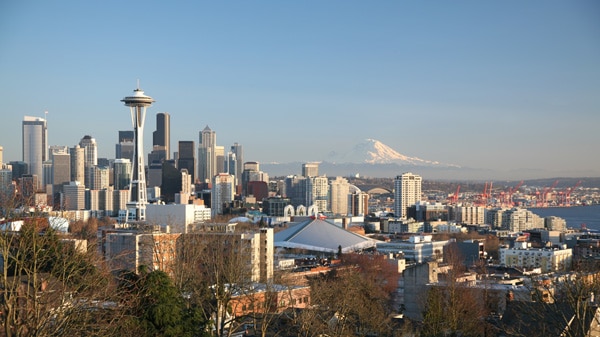
Stepping off the plane at Sea-Tac, it’s hard to ignore two things: the overwhelming number of trees and the greenness of those trees. They crowd the edges of highways and seem to seep out of unpopulated ground; from a plane’s window, Washington looks like it never got rid of the tacky shag carpeting it had in the 70s. But once you reach the overpass and enter the heart of downtown, you start to get the sense that this city is really an urban oasis within the mountainous forest that is the larger Western Washington area. The cutting edge-ness of Seattle’s urban development seems at once sharply divided from its natural surroundings and completely integrated. The ferry system, which capitalizes on the many islands dotting Puget Sound, makes a web out of a peninsula. Mostly, this is due to its presence in the tech world, what with it being headquarters to giants such as Microsoft, Amazon, and Boeing. Features like the Link Light Rail and the Space Needle are well-funded and have a tongue-in-cheek Sci-Fi feel to them, like something out of the Jetsons. Though, just ten miles north, you’d be as likely to spot a deer as you would a Starbucks on Capitol Hill. This relationship between city and nature is emblematic of the citizens of Seattle, who take immense pride in their sustainability and eco-consciousness. Recycle bins line the streets and cyclists rule the road. A quick trip to Fremont and you’re likely to see a chicken coop or two.

This focus of sustainability comes directly from Seattle’s rich history with its surroundings. In the late 19th century, Seattle acted as an intermediary for traders looking to get a quick buck out of the Klondike Gold Rush. It’s natural sea ports and proximity to Alaska made it optimal for retailers and outfitters to set up shop and capitalize on the sudden influx of people. Few vestiges remain from this era, but those that do have carved their place in Seattle’s history. Among them is the outfitting company Filson (a high-end outdoors clothing brand) and the major department store Nordstrom (the eponymous founder, failing to make his riches from the gold rush, turned to clothing and struck gold). The gold rush established a relationship with the land that one could call symbiotic, a relationship that persists today through sustainable farming and farm-to-table cuisine. It helps, as well, that Washington is home to the world’s only temperate rainforest: the Olympic National Forest—designated a World Heritage Site by UNESCO in 1981. Some of the best hiking in the world can be found right outside Seattle. From Hannigan Peak to the Cascade Pass, the vistas will have you getting in touch with your inner hippie. And for the more adventurous, Mt. Rainer, due to its heavily glaciered routes, is often used as a training mountain for Everest. Climbs of all levels are offered.
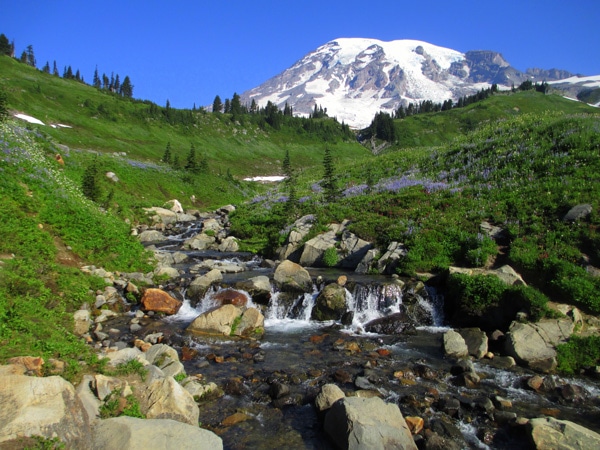
After hiking all day, one works up an appetite, and trust me, Seattleites know how to eat. If you’re wanting a quiet night in and a dinner with prime ingredients, look no further than Pike’s Place Market. Loved by locals and tourists alike, Pike’s Place offers world class seafood and scores of artisanal, farmer’s market-style stalls, where you can be sure the ingredients are fresh and select. If you get hungry while shopping and just can’t wait, on the street parallel to the market is shop after shop, selling everything from pierogis to humbow (as well as the original Starbucks, but don’t tell anyone I sent you).
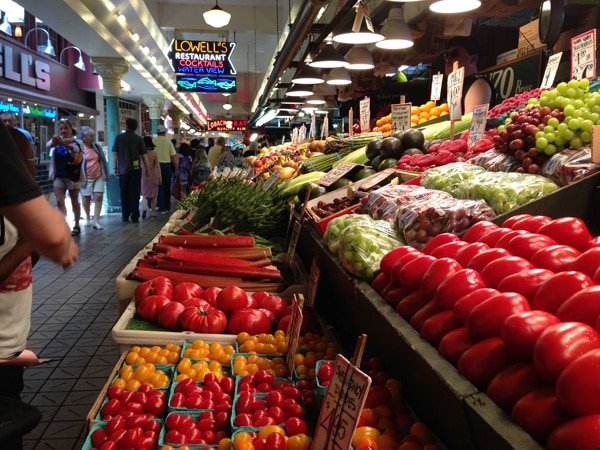
Dining out is certainly an option, too. The Pink Door, is a local favorite where you can sometimes spot Seahawks’ QB Russel Wilson dining. Abstaining from any and all marketing, aside from its trademark door color, this restaurant is cool and downplayed, revitalizing traditional Italian cuisine with a flair that borders on burlesque (yes, you can even catch the weekly burlesque show). But if it’s freshness you want, don’t miss Wataru. Chef Kotaro Kumita makes the most out of Seattle’s iconic seafood in this chic sushi restaurant just outside the University of Washington.
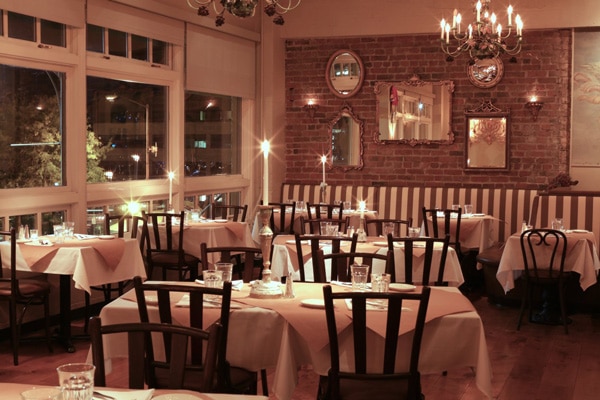
And don’t forget about the coffee! Seattle is the coffee capital of the world, after all. And believe me, it is taken seriously. Three locales that are personal favorites of mine are: Caffe Vita, Craftworks Coffee, and Milstead Coffee Co. These are all single origin, farm direct coffee shops, which means that all their beans are specific to an individual farm, cooperative, or distinct growing region; and that the transaction from farm to roaster has a fully traceable path to ensure that the environmental, economic, and social conditions for sustainability are being met. Good for the farmer and good for the coffee. (If you make it to Caffe Vita, try the orange Nico—sublime).
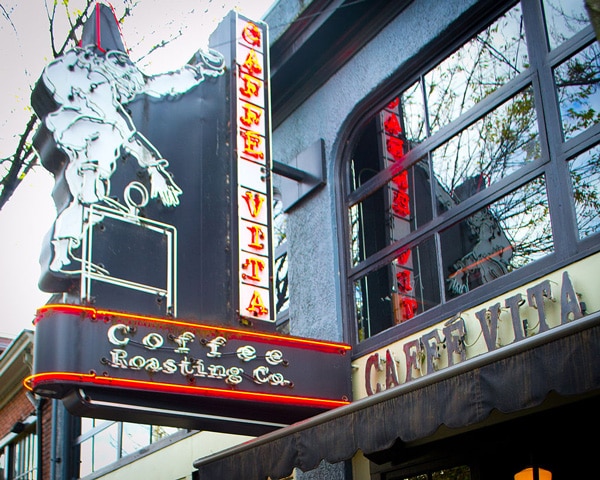
One must not forget about the music scene here either. Most of the world knows Seattle to be the home of the grunge band Nirvana (also Pearl Jam), but what people seldom know is that Seattle is also home to the likes of legendary guitarist Jimi Hendrix and prolific producer Quincy Jones (ever heard of Thriller? Yeah, that was him). In honor of these figures, and the others that richen Seattle’s music heritage, Microsoft co-founder Paul Allen established the MoPOP (Museum of Pop Culture) right at the base of the Space Needle. Here, one can see old manuscripts and the smashed guitars of rock legends then pop upstairs for a quick jam session in one of the public studios.
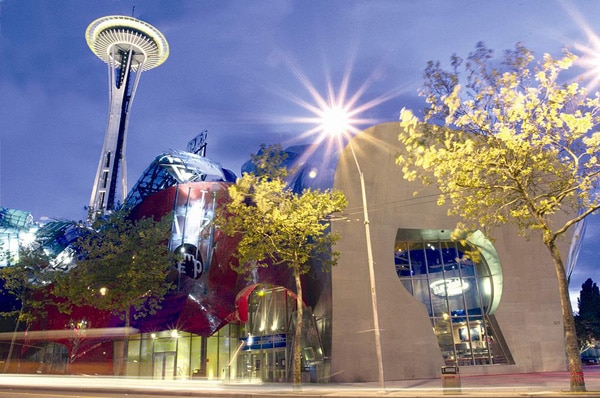
But if you’re in the mood for live music, a terrific way to end a night in Seattle by the way, venues like The Showbox at the Market and The Crocodile offer concerts from local to international bands. The former, a Seattle landmark established in 1939, mostly hosts national and international touring bands and has seen everyone from Muddy Waters to The Weeknd. The Crocodile, opened in 1991, embodies Seattle’s love for home-grown music. Originally a grunge centered venue, where bands like Nirvana and Death Cab for Cutie played before getting their international recognition, The Crocodile now focuses on hip-hop, a bourgeoning genre in Seattle.
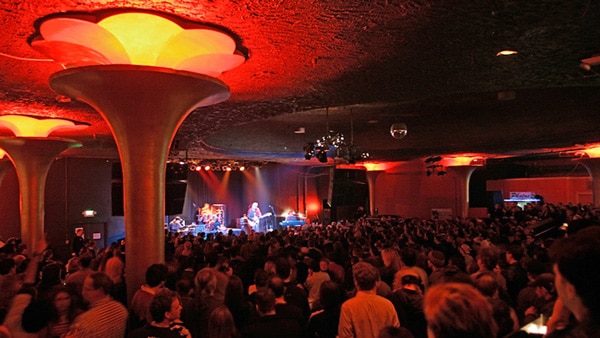
[alert type=white]
Where to Stay:
The Edgewater Hotel – Made famous by The Beatles who fished off one of the balconies, the Edgewater offers a beautiful 270-degree view of the Olympic mountains and Elliot Bay, as it sits at the end of its own dock. Located in the heart of downtown, it’s within walking distance to the city’s favorite sites. 2411 Alaskan Way, Seattle, (206) 728-7000; www.edgewaterhotel.com
Kimpton Alexis – Originally the office of the treasurer for the Alaska-Yukon-Pacific Exposition during the Klondike Gold Rush in the early 1900s, the Alexis is a historic landmark right in downtown Seattle. 1007 1st Ave, Seattle, (206) 624-4844; www.alexishotel.com
Thompson Hotel – Conceived by one of Seattle’s own, Architect Olson Kundig, the Thompson is itself a juxtaposition of modernity against the natural landscape of the Pacific Northwest. 110 Stewart St, Seattle, (206) 623-4600; www.thompsonhotels.com
Where to Eat:
The Pink Door – Italian food served up burlesque-style with live entertainment and a produce-driven menu. 1919 Post Alley between Stewart and Virginia streets, (215) 738-7368;
Wataru – Edomae-style sushi that utilizes the fresh seafood at its disposal. Chef Kotaro Kumita serves up a friendly, down-played atmosphere, perfect for any sushi lover. 2400 NE 65th St, Seattle, (206) 525-2073; www.wataruseattle.com
Milstead & Co. – One of the most respected coffee shops in the city, Milstead pulls from local Pacific micro-roasters and only uses single-origin, farm direct beans. 754 N 34th St, Seattle, (206) 659-4814; milsteadandco.com
What to Do:
Pikes Place Market – A one stop shop experience for anyone. Watch the Seattle fishmongers toss salmon, visit the numerous local vendors, or take a stroll along the waterfront. pikeplacemarket.org
5th Ave – Here you can find both of downtown’s big shopping centers: Pacific Place and Westlake Center, as well as many boutique shops and, if you’re in the mood, Seattle’s premiere symphonic venue, Benaroya Hall.
Olympic National Park – Washington is home to the only temperate rainforest in the world, and it’s just outside the city. Ideal for any outdoorsy type, the park offers gorgeous vistas and wildlife that can’t be found anywhere else. www.fs.usda.gov
[/alert]

